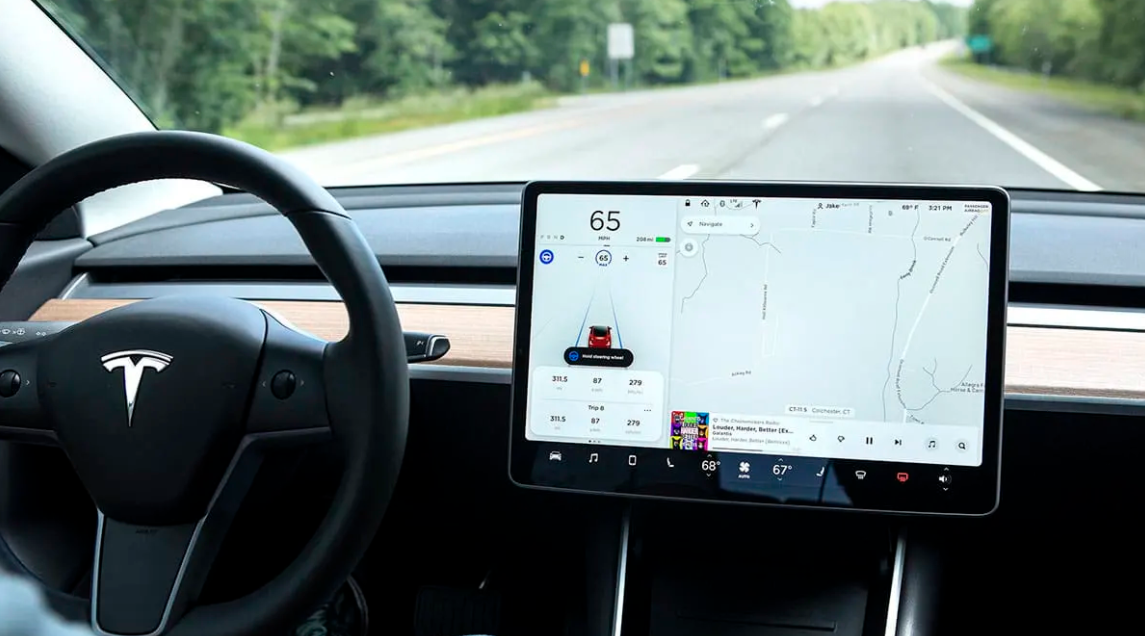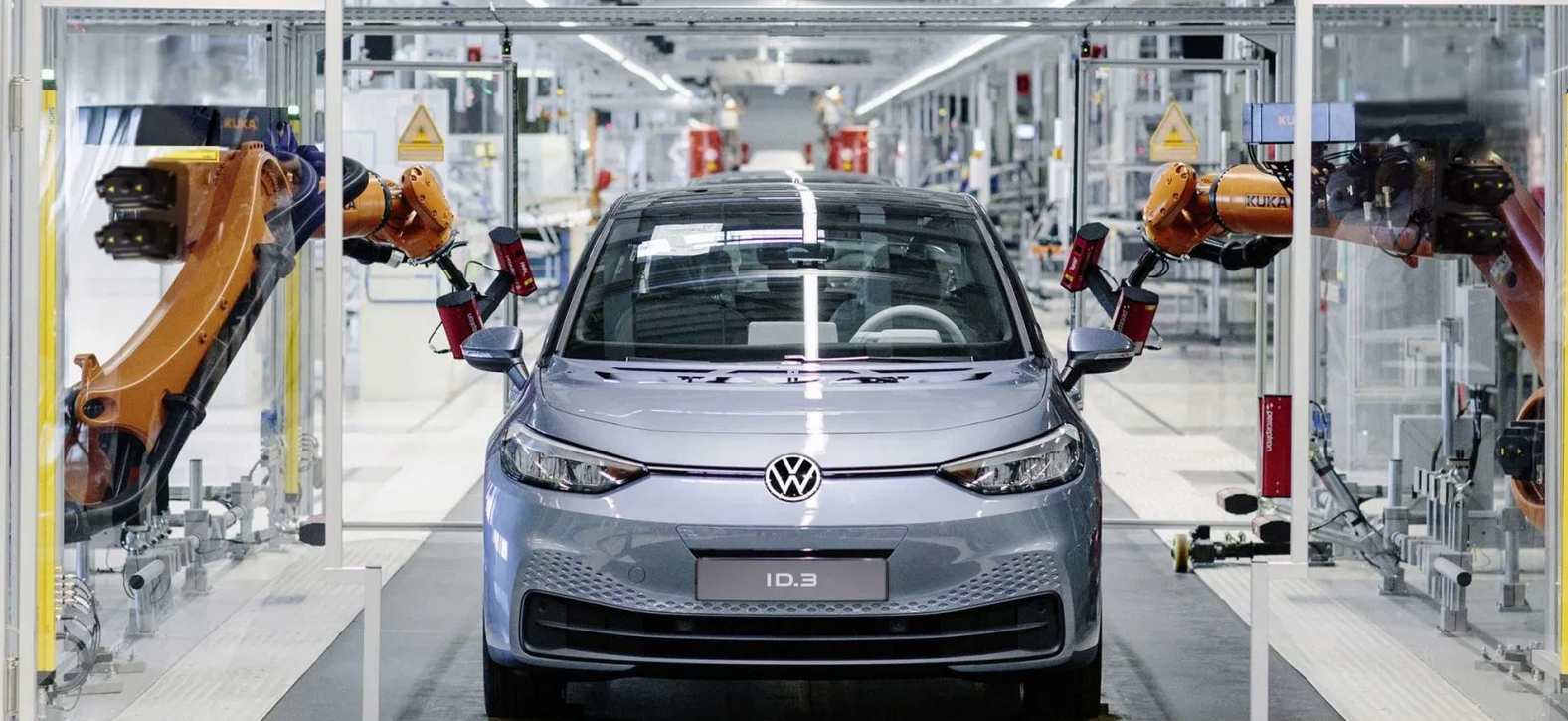Patent restrictions can only be named VSC. It is conceivable how many detours it took in order to avoid patent risks during the development phase.
Compared with traditional car companies that are good at mechanized manufacturing, Tesla, Weilai, Xiaopeng, and other new car companies with Internet origins undoubtedly have more natural advantages at the technical level.
In addition, software development requires timeliness and requires rapid repair and rapid iteration after finding vulnerabilities. For example, Tesla’s upgrade frequency is about once every one or two months.
The working model of traditional car companies may not meet this point. According to Du Wenyuan, traditional car companies do software development, and the entire process needs to follow ASPICE (the model framework used by the automotive industry to evaluate the level of R & D capabilities of software development teams). It requires complete process documentation to be traceable, and even detailed to meeting review Document.
“It takes at least a year and a half from the development of the software to the various verification and testing procedures required for the entire vehicle.” < span> Du Wenyuan said.
Software development may not be able to wait for such a long cycle. It requires timeliness and efficiency. It is found that bugs can be filled as soon as possible, and it can quickly respond to demand and iterate new features. “Tesla did not follow industry standards, and it lacked some process certification links. It has high speed and flexibility, but the potential risks it brings are also relatively large.”
Recently, researchers at McAfee, a computer security solutions provider, discovered that Tesla’s driver assistance system has potential vulnerabilities. If electronic tape is attached to the speed limit sign, it can entice Tesla cars. Speeding in a speed limit zone.

There are many vulnerabilities in Tesla’s Autopilot function Source: Consumer Reports
A scarce talent that is hard to find
In addition to time and industry barriers, there is also an important factor that makes the road for OEMs to transition to software development not smooth–the lack of high-end software talents.
“Software practitioners in car companies, (their treatment levels)It can not be compared with Internet companies standing on the same competitive platform. The former is in an asset-heavy industry and investment is required to build factories and buy equipment (talent investment is only part of it); in the fiery Internet industry, the biggest investment cost is talent compensation. “Du Wenyuan believes that compared with Internet companies, traditional car companies lack the ability to attract high-end talent.
In fact, traditional car companies are facing a battle for software engineers.
In 2018, McKinsey issued a report that the automotive industry will face a digital disruption. By 2030, the entire industry will require three times as many software engineers as in 2018.
On the other hand, the shortage of IT talent is an indisputable fact. e.Digital Corporation’s statistics show that the IT industry talent gap in the six major EU countries has reached 250,000. According to the research data of the German Information Technology and Communication New Media Association, the German IT industry has nearly 60,000 job vacancies, and the average job vacancy time has reached 143 days.
Therefore, even if Volkswagen puts up 7 billion euros as a talent reserve, it still may not be possible to “gather” 5,000 digital experts easily. But this battle is hard to fight, and traditional car companies such as Volkswagen still have to bravely go to the front.
The aforementioned McKinsey report states that traditional technologies and business models currently account for 98% of the market, and are expected to drop to 50% by 2030. Disruptive technologies such as autonomous driving, electrification, and new business models will drive the automotive industry to continue to grow. About 37% of consumers are willing to prioritize vehicles that can provide Internet services. Tianfeng Securities and McKinsey predict that the size of the automotive software customization market may exceed 25 billion yuan by 2023.
More and more traditional car companies have realized the seriousness of the problem.
At the 2019 North American CES show, the chairman of the board of directors of Daimler AG and Mercedes-Benz AG, Conlin Song, repositioned Mercedes-Benz as “a software operating company”, stating that “production is under way Mobile devices. ”
Earlier, BMW stated that the company’s strategy has new important content. In the future, it will focus on research and development of electric vehicles and autonomous driving technology, and promote software and technical service innovation.
Everyone ’s attitude is positive. After all, no one wants to be the second Nokia to be defeated by Apple.
Conclusion
Analysis of the German “Manager”, If the software problem in ID.3 cannot be repaired on time, the public may face more serious problems than delayed delivery. Because Volkswagen has set a goal of selling 100,000 pure electric vehicles by 2020, this number has been included in the Volkswagen Group’s emissions data. If ID.3 cannot be delivered on time, Volkswagen may fail to achieve the carbon dioxide reduction Face huge standards.

Volkswagen factory is producing ID.3 Source: electrek website
It’s not just Volkswagen. Fiat-Chrysler Automobile Group (FCA), Peugeot Citroen Group (PSA), BMW Group and Ford Motor Co. all face the same problem.
The software competition game related to the future of the company has started, and there is not much time left for the old players to turn around and catch up.
(At the request of the interviewee, Du Wenyuan and Xin Maoren are pseudonyms in the text)


